Gardening can be quite a hassle, especially if you have so much waste. Not to mention, if you have aquariums or fishes lingering around your backyard, you’d want a garden that gives your fish much more biodiversity.
Aquaponics is a great gardening solution if you have fish. It is an environmentally friendly way of nourishing your garden with little to no waste.
But how do I do that?
This is the first question many first-time aquaponics gardeners ask. Building and installing your own aquaponics garden is not easy. There are so many factors to be taken into account: from the pH of the water to the rate at which your fish will produce waste.
Well, lucky for you, Plant Judo has an aquaponics specialist ready to help you out.
Book a call to find out how we can help you set up an aquaponic garden.
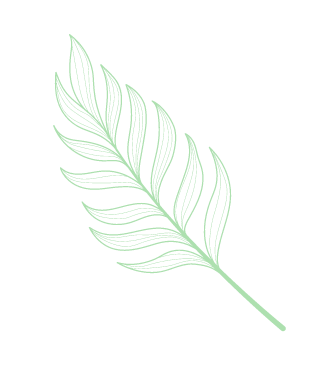
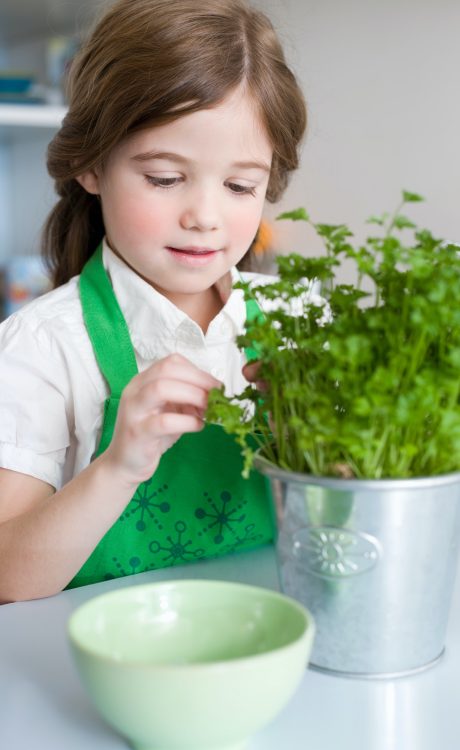

In layperson’s terms, aquaponics combines growing fish and growing plants in water. It is the seamless integration of these processes that makes aquaponics so unique.
By using aquaponics, plants and fish enter a symbiotic relationship. The plants feed off the aquatic animals’ waste, and in return, the plants will purify the water that the fish swim in.
There is a third actor in this harmonious weaving of fish and plant – microbes.
Microbes play a crucial role in this system. They are the plants’ little helpers. Helpful bacteria grow between spaces in the plant’s root system and convert the fish waste and solids into substances the plants can use to grow.
There are three types of aquaponic systems that are most commonly used, and we could help you with them. These include:
This system excels in space efficiency and low labour cost and is best suited for growing leafy greens. It implements a system that allows the plants to be grown on a vertical plane. This system is unsuitable for growing large fruiting plants as their root masses may clog the channel.
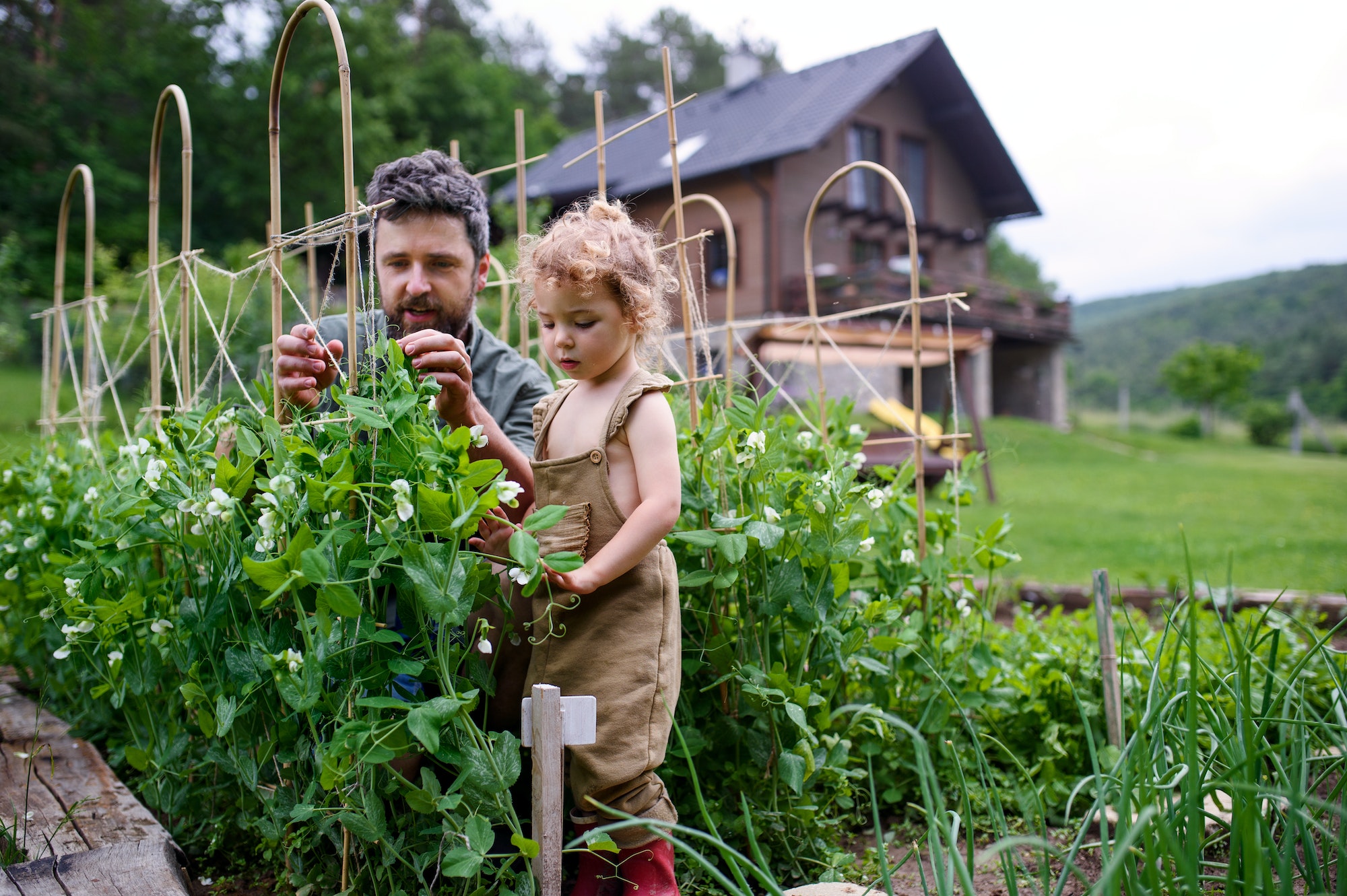
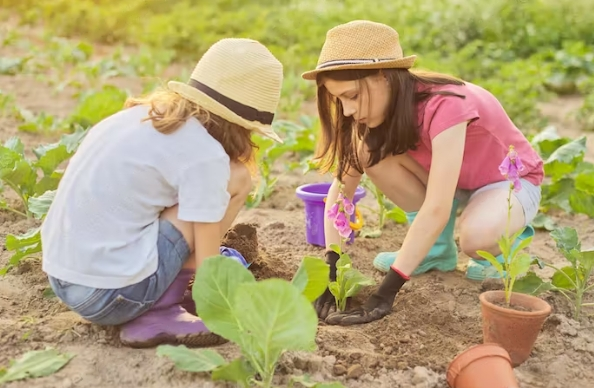
This system uses containers filled with rock media, such as gravel. In this way, the roots of plants can be supported. The rock media also acts as a mechanical and biofilter to capture and break down wastes. This system is best suited for beginners. Because the rock media provides extra support for roots, plants containing large root masses may be planted within this system.
This system uses floating rafts to suspend plant roots into nutrient-rich and aerated water. Filtration techniques are built into the design. It is the most stable of the three systems and is best suited for warm climates.
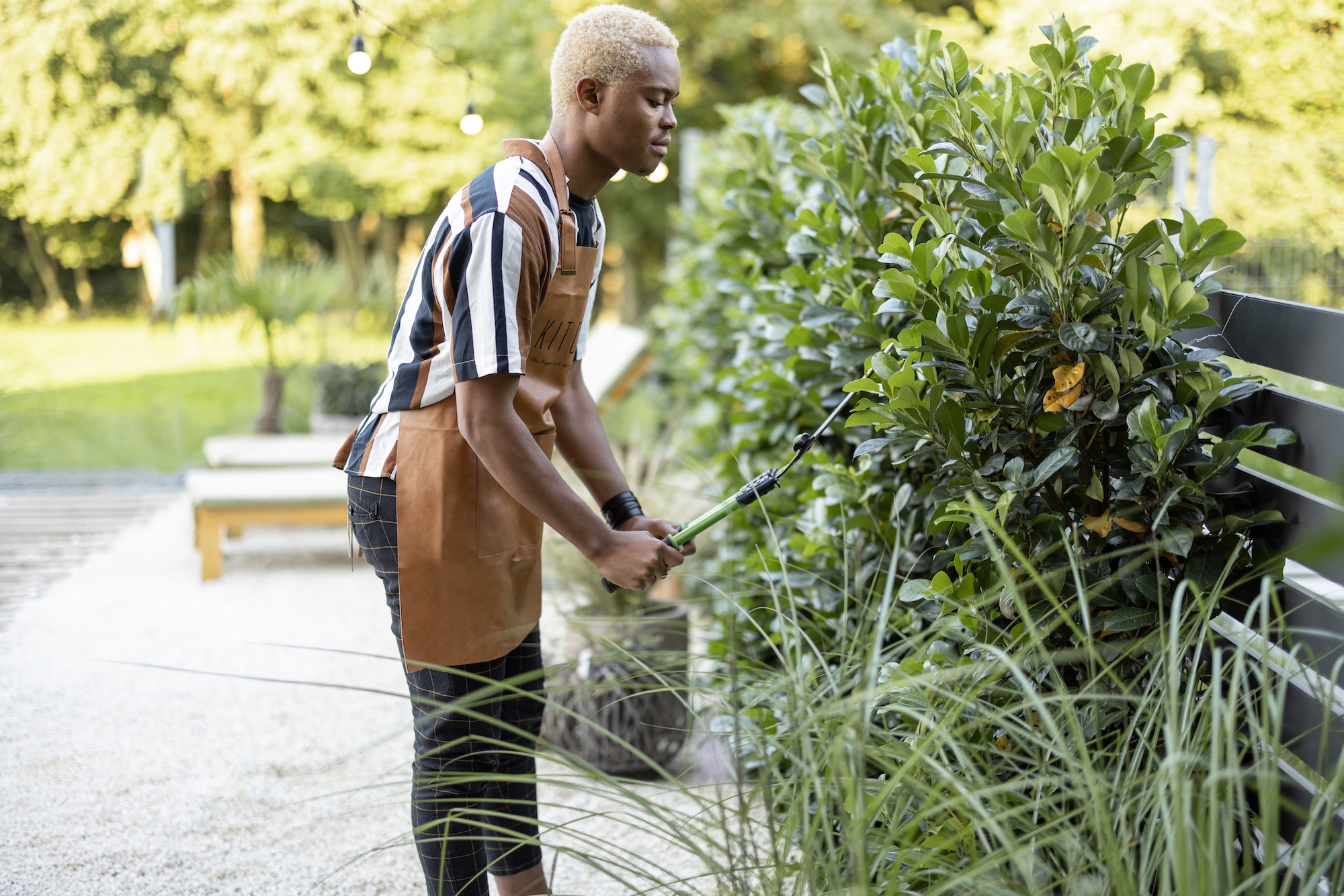
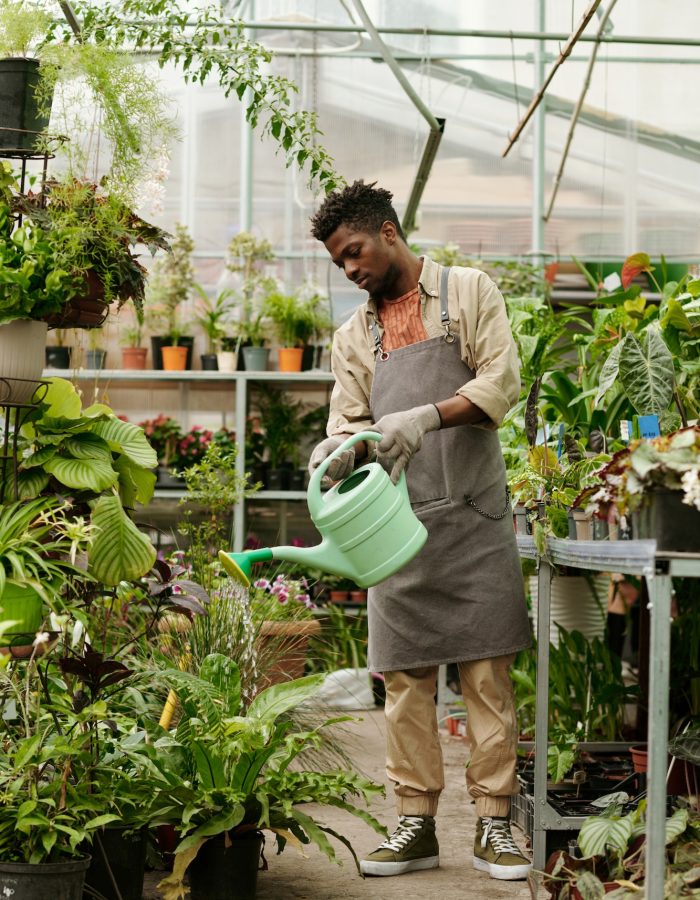
Aquaponics is a relatively new way of farming, and it can be complex to get the hang of.
If you are a beginner with zero knowledge of farming in general or aquaponics, having an aquaponics specialist in your corner will go a long way in your farming education.
Starting an aquaponics garden requires knowledge of both aquaculture and hydroponics. Reading guides on these subjects will only get you so far, as both disciplines can be complex. Taking care of fish requires a certain set of knowledge, and farming requires another set of knowledge. The only way you can use both to start aquaponics gardening effectively is by hiring a specialist.
An aquaponics specialist will guide you through setting up your own aquaponics garden, and they will teach you how to take care of your system and make sure that it runs at maximum efficiency.
Even if you are a seasoned aquaponics farmer, having an aquaponics specialist on call will ensure your systems run as efficiently as possible. An aquaponics specialist can aid in pest infestations and fish and plant diseases. They can also help you expand your hydroponic garden if you wish to increase your crop yield.
Both newer and experienced aquaponics farmers require a range of permits. An aquaponic specialist can help you navigate the complexities of permit regulations.
Having the correct pH level is important, but achieving it can be tricky as you need to keep the plants, the fish and the bacteria in mind when adjusting the pH of the water. A pH of 6.8 to 7.2 is perfect. Fish waste will increase this pH, and you will need the right pH adjustors. If the pH is too high or too low, the plants will not grow, and the fish will die. An aquaponic specialist can help you overcome this obstacle with great ease.
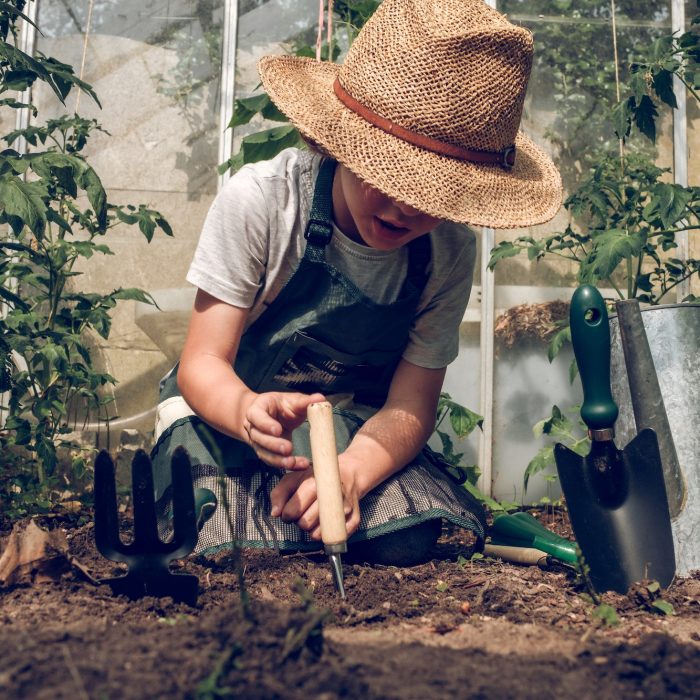
Aquaponic gardening is a great way of having your plant and fish babies support one another in an eco-friendly way.
Here’s how we’ll set up your aquaponics system:
Your fish tank will be set up by dechlorinating the water and allowing it to cycle for four to six weeks before adding any fish. This allows bacteria to build up, ensuring enough presence to allow your plant to break down fish waste.
The media bed is built either to the side of the fish tank or above it. It is the area in which your plants will grow. After having your media bed set up, we will fill it up with media. Clay pebbles are most popular because they have a neutral pH and hold moisture well.
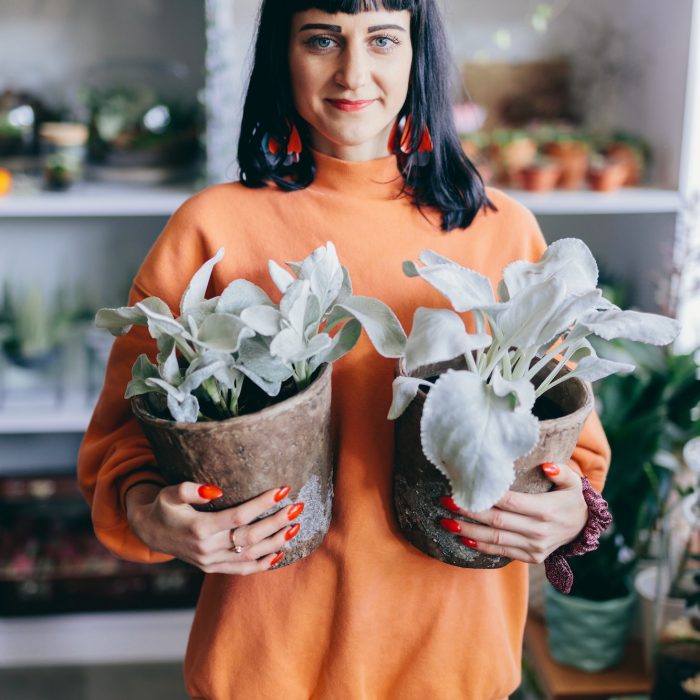
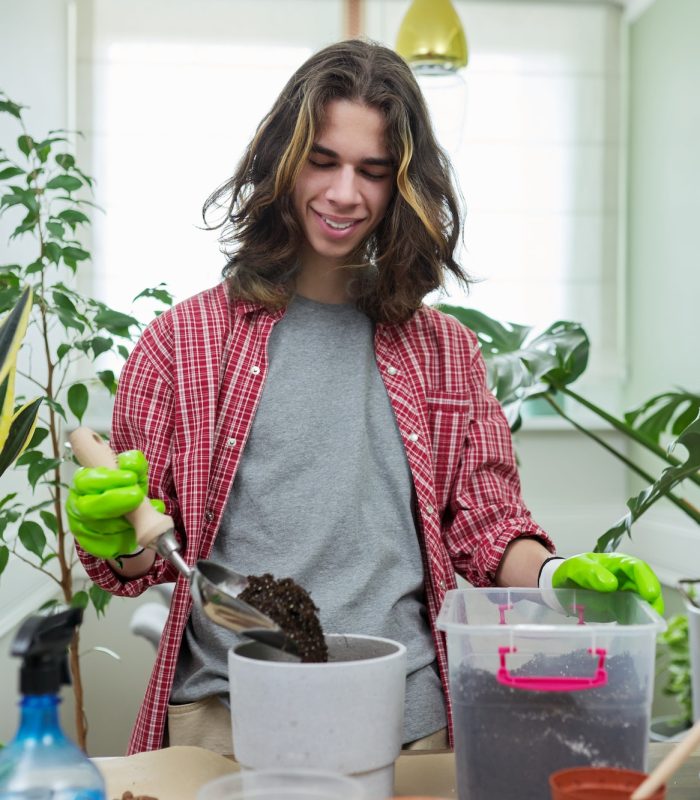
Once the tank has cycled properly, the fish can be added—common choices include Tilapia, goldfish, Koi and Pacu.
Tilapia is easy and simple to care for and is hard to disease.
Goldfish produce a lot of waste, which is perfect for aquaponics.
Koi will grow into large fish and can be resold at a higher value.
Pacu is mainly used for aesthetic purposes.
Leafy plants tend to grow the best in aquaponic gardens. If you have enough fish, though, you may be able to grow plants that bear fruit, like peppers and tomatoes.
Are you a new plant parent?
Are you unsure where to start in your plant parent journey?
Then Plant Judo is for you. It is your one-stop online shop for all things related to plants. We give access to a wide array of plants and herbs and guide you into making sure your plant baby flourishes and grows strong. We are plant lovers ourselves and understand the trials and tribulations that come with growing a plant.
Trust Plant Judo to set up your aquaponic garden.
Give us a call now to get started.
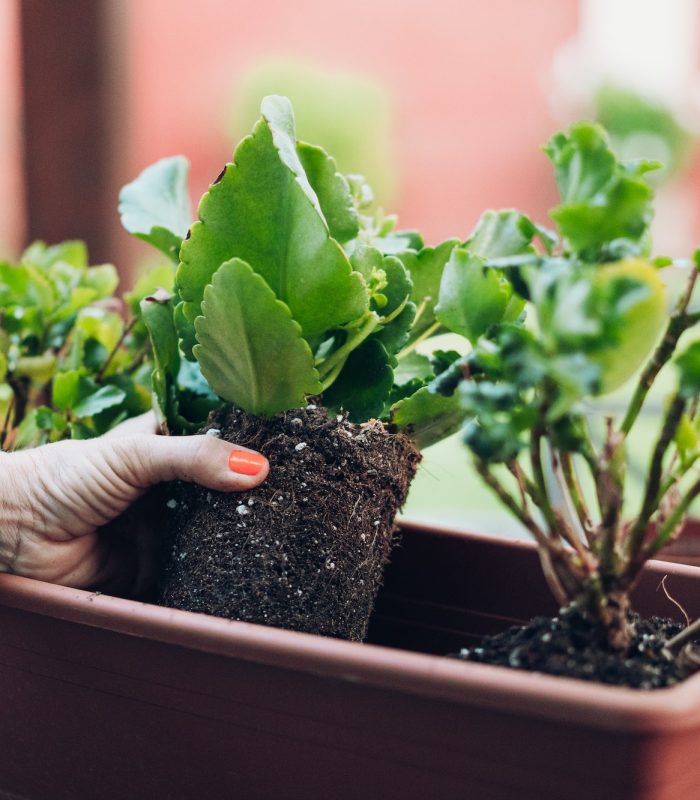
In a small aquaponic garden, the vegetables that can be grown should need low nutrient input. These vegetables include leafy greens like lettuce, kale, watercress and arugula. You can also grow herbs and decorative flowers. You can also grow small vegetables like okras, spring onions, leeks, radishes and spinaches. Avoid growing plants that need acidic or alkaline water; those pH levels can harm the fish.

Copyright © 2024 Plant Judo. All Rights Reserved
Kemp House, 152 – 160 City Road,
London, EC1V 2NX
United Kingdom